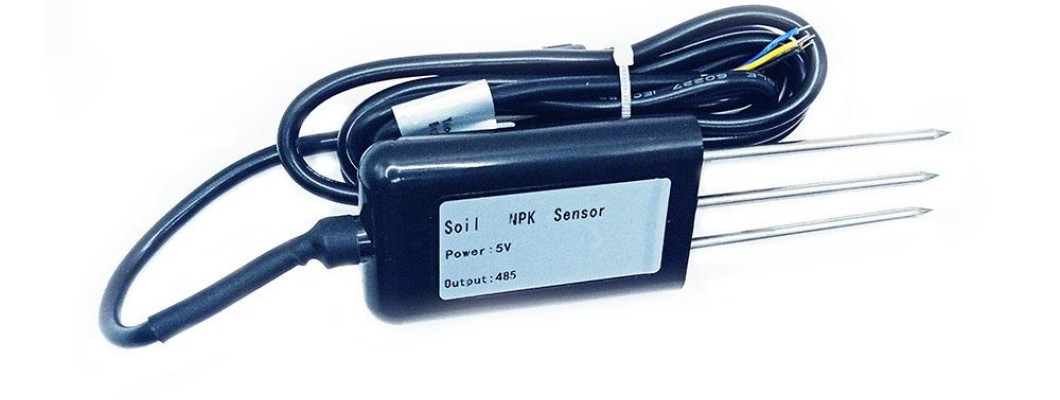
In the era of precision agriculture and IoT, technology is revolutionizing how we grow food and manage farms. One of the simplest yet most effective DIY innovations is combining an Arduino microcontroller with a Soil NPK Sensor. This smart system allows real-time monitoring of soil nutrients—empowering farmers, hobbyists, and agri-tech enthusiasts to make data-driven decisions that improve crop yields and sustainability.
Whether you're a techie looking to break into smart agriculture or a farmer ready to level up your game, this guide will show you how to build and use your own soil nutrient monitoring system.
What’s a Soil NPK Sensor & Why Should You Care?
An NPK Sensor measures three essential nutrients in the soil:
Nitrogen (N): Promotes lush leaf growth.
Phosphorus (P): Supports root strength and flowering.
Potassium (K): Enhances overall plant health and disease resistance.
By analyzing these nutrient levels, you can optimize fertilization, reduce costs, and help the environment by preventing over-fertilization and runoff.
Why Pair It with Arduino?
Real-Time
Soil Data at Your Fingertips
Optimize Fertilizer Usage
with Precision
Eco-Friendly and Cost-Effective
Data
Logging for Long-Term Insight
Automation Ready for Smart
Irrigation Systems
With Arduino’s flexibility and open-source community, you can expand this system into a full-blown smart farm solution.
What You’ll Need
Arduino Uno / Mega / Nano
Soil NPK Sensor (RS485 interface)
RS485 to TTL Converter Module
Jumper Wires
12V Power Supply
(Optional) OLED or LCD Display for local monitoring
Where to Buy a Reliable Soil NPK Sensor?
For a reliable, high-quality sensor, Grab yours now: Click here to buy
The Soil NPK Sensor is perfect for:
Agricultural Applications
Soil
Nutrient Monitoring
Fertility Management
Smart
Irrigation Systems
Circuit Connection (Clean & Simple)
NPK Sensor Wiring
Red → 12V Power
Black → Ground (GND)
Yellow (A) → RS485 Module A
Blue (B) → RS485 Module B
RS485 to TTL Converter to Arduino
VCC → Arduino 5V
GND → Arduino GND
RO (Receiver Output) → Arduino RX (D10 for SoftwareSerial)
DI (Driver Input) → Arduino TX (D11 for SoftwareSerial)
How It Works
The Arduino sends a Modbus RTU query via RS485.
The NPK sensor responds with the latest soil nutrient values.
The Arduino reads the response and converts it into readable NPK levels (mg/kg).
You can display this data on an OLED, store it on an SD card, or even push it to a cloud dashboard for remote monitoring.
Use Cases
Smart
Farming Solutions
Hydroponics & Urban
Gardens
Research & Data Analytics
Educational
IoT and Agri-Tech Projects
Hydroponics & Urban
Gardens
Research & Data Analytics
Educational
IoT and Agri-Tech Projects
Why This Project Matters
Integrating an
Arduino with a Soil NPK Sensor transforms traditional
farming into precision agriculture. You get actionable
insights, minimize waste, and contribute to a more sustainable
future.
Pro Tip: Expand this project by adding
wireless communication (LoRa, WiFi, or GSM) and build a real-time
remote monitoring system. You can even pair it with machine
learning models to predict soil health trends!

Leave a Comment